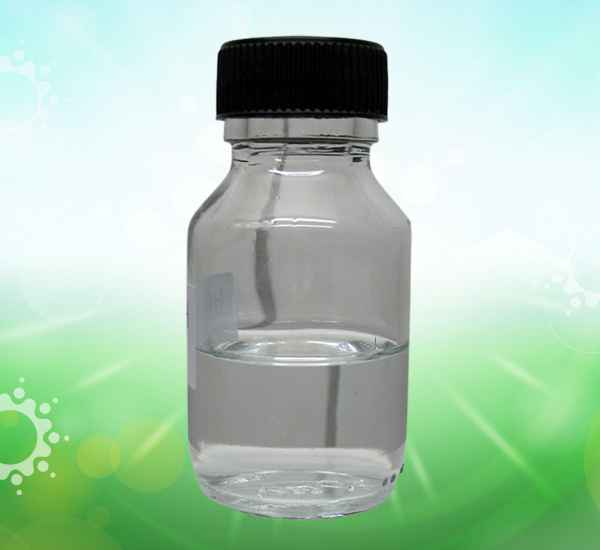Your Trusted Partner in Manufacturing, Imports & Bulk Supply

Formic Acid 85%
Formic acid (methanoic acid) is the simplest carboxylic acid, with the chemical formula HCOOH. It is a colorless, foul-smelling liquid that has a high solubility in polar solvents and water. The “85%” means 85% of formic acid in water, which is routinely used in industries and agriculture. Formic acid occurs naturally in ants (hence the name) and other organisms, but it is mainly produced commercially through the oxidation of methanol or as a byproduct of acetic acid production.
It is considered a weak acid, but possesses strong antibacterial, antifungal and preservative properties.
Benefits
- Antimicrobial Action
- Serves as a natural preservative that prevents the growth of harmful bacteria, molds, and fungi promoting the prevention of spoilage of animal feed as well as agricultural products
- Soil pH Management
- Aids in balancing the pH of basic soils, allowing nutrients available to be absorbed by crops.
- Natural and Organic Solution
- A natural alternative to synthetic chemicals, which is accepted in organic farming methods.
- Improved Yield and Quality
- Minimizes losses due to microbial contamination and fosters healthier environments for crops and livestock.

Uses
- Silage and Hay Preservation
- Use of formic acid on forage crops during ensiling:
- Rapid pH reduction prevents spoilage by inhibiting undesirable microbial activity.
- Preserve more nutrients in silage and hay for better-quality animal feed.
- Pest Control
- Formic acid has been beneficial for some agro pests — for instance, it serves in beekeeping against mites and ticks.
- Controlled doses are applied to hives to offer protection against Varroa mites for bees.
- Soil and Water pH Modifier
- In alkaline conditions help to adapt soil pH to help crops grow well and take in nutrients.
- Helps maintain the pH level of water used in irrigation systems.
- Fertilizer Enhancer
- It helps to stabilize NPK nutrients to ammonia losses and to enhance nitrogen absorption in crops.

